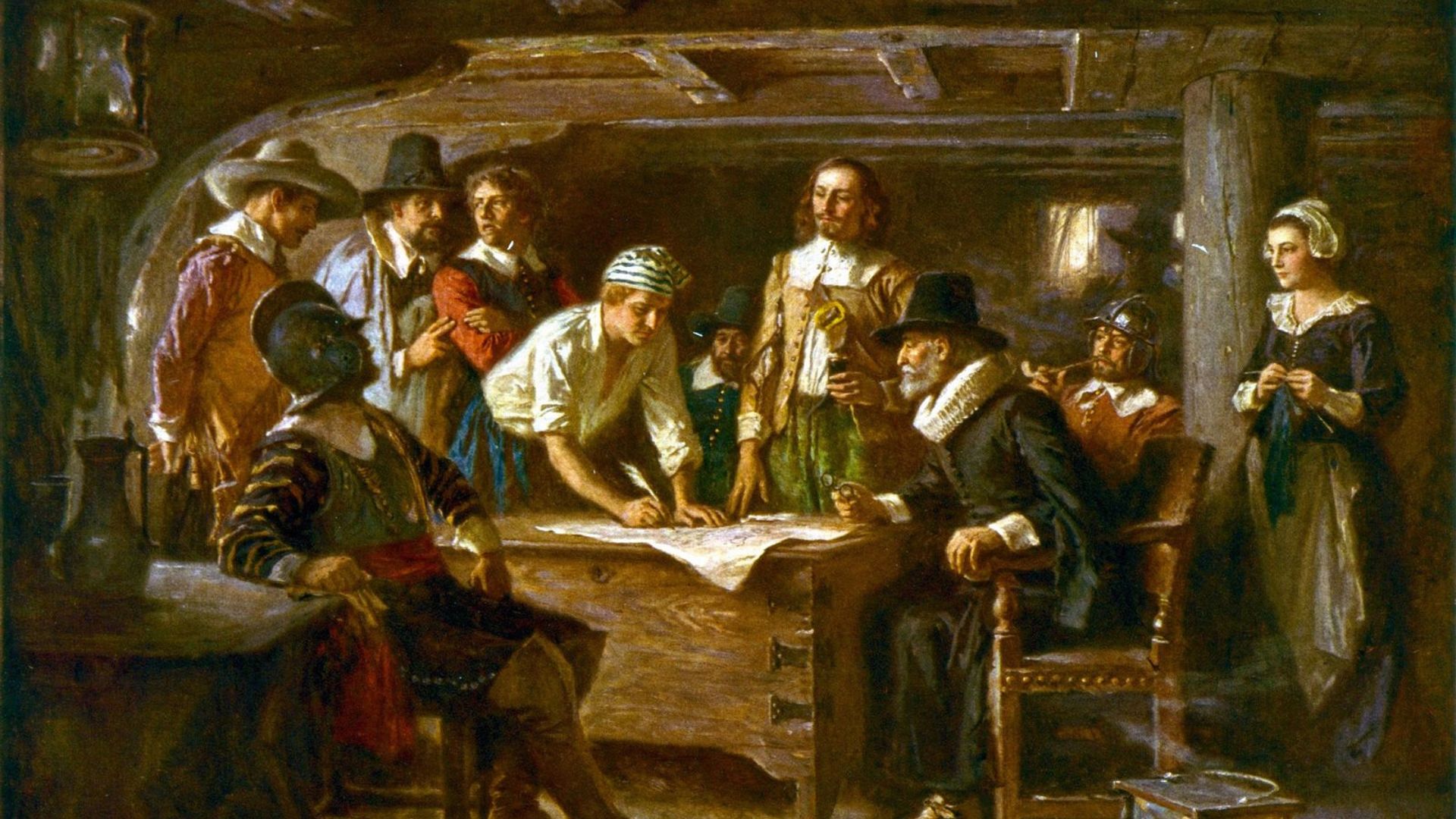Oklahoma has recently issued guidelines for implementing the Bible in school curriculums, focusing on the text’s historical, literary, and secular merits.
Superintendent Ryan Walters conveyed these guidelines to ensure they align with legal standards, avoiding religious indoctrination while emphasizing educational value. The Washington Examiner reports that the state is encouraging teachers to incorporate these guidelines into classroom discussions.
Purpose of Bible in Educational Curriculum

The newly released guidelines aim to highlight the Bible’s role in Western civilization and American history without promoting religious views.
The Oklahoma Superintendent of Public Instruction, Ryan Walters, stated that the incorporation of the Bible would underline its “historical, literary, and secular benefits” in education, ensuring adherence to legal standards.
Superintendent’s Mandate Amid Opposition

Despite resistance from some educators, Superintendent Ryan Walters insists that the directive to include the Bible is mandatory.
He told the Washington Examiner, “The radical leftist mob has tried to rewrite history in Oklahoma. It stops today,” emphasizing a shift towards traditional educational content in Oklahoma’s schools.
Shift Away from “Woke Indoctrination”

The guidelines released by the Oklahoma education authority express a clear move away from what they describe as “woke indoctrination.”
They emphasize an educational refocus on understanding foundational American documents and principles, including the US Constitution, the Bible, and the Ten Commandments, rather than modern controversial topics.
Biblical Influence on Western Legal and Ethical Norms

Oklahoma’s educational guidelines call for an exploration of how biblical principles shaped Western legal frameworks, ethics, and cultural norms.
Teachers are encouraged to discuss these influences to help students appreciate the foundational aspects of Western societies and understand concepts like justice, human rights, and the rule of law.
Biblical References in Foundational American Documents

The guidance highlights how biblical themes have historically influenced key American documents and speeches, such as the Mayflower Compact, the Declaration of Independence, and notable addresses by figures like Abraham Lincoln and Martin Luther King Jr.
This integration aims to show students the historical context of these influences.
Exploring Biblical Literary Techniques

Teachers are expected to point out the Bible’s use of literary techniques such as allegory, metaphor, and parable.
This approach is intended to allow students to appreciate the Bible’s literary craftsmanship, as stated in the guidelines, “without delving into religious doctrine,” focusing on its textual and thematic richness.
Bible’s Role in Art and Music

The curriculum guidelines also explore the Bible’s influence on art and music, detailing how biblical stories and themes have been depicted in famous works throughout history.
This aspect of the guidelines aims to broaden students’ understanding of the Bible’s cultural and artistic impact.
Legal Considerations in Teaching the Bible

With the potential for legal challenges, the guidelines emphasize the need for neutrality when addressing religious content in classrooms.
This includes being inclusive of other religious beliefs represented among students, ensuring a balanced and respectful educational environment.
Guidelines for Parental Communication

The guidelines stipulate that schools must maintain open lines of communication with parents, providing them with access to classroom materials and explanations of their educational use.
This is to assure parents that the teachings are focused on the secular applications of the Bible in historical and literary contexts.
Educational Objectives of Using the Bible

According to the guidelines, “The Bible should be used in student instruction for its historical, literary, and secular value and is not to be used for religious purposes such as preaching, proselytizing, or indoctrination.”
This statement illustrates the intended educational framework within which the Bible is to be taught.
Overview of Oklahoma’s Educational Direction

As these guidelines take effect, they mark a significant shift in the educational approach within Oklahoma.
By integrating the Bible as a historical and literary resource, the state seeks to enhance the educational landscape, providing students with a deeper understanding of their cultural and historical heritage.
